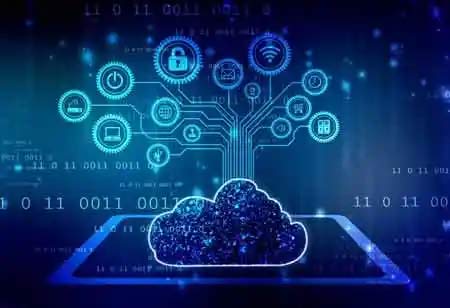Governments must protect thousands of implanted devices and shield all public and private data as intelligent technologies spread over the system.
FREMONT, CA: The dramatic increase in processing power on the brink is expanding capabilities and expanding artificial intelligence globally. Internet of Things (IoT) devices for public security that can watch, react, and intervene on their own are becoming common.
The following are the key technologies that empower it all:
Higher-Performance IoT in Public Safety
High-performance computer and networking technologies that can endure serious circumstances are necessary to make cameras, lamps, and crossroads smart. Manufacturers are reacting with implanted and industrial-rated SoCs, Computers on Modules (COMs), and purpose-built appliances that can bring artificial intelligence and autonomous computation to the most demanding print applications.
5G Edge Networks
5G networks will hold 10x less latency, 50x rapid speeds, and 1000x higher capacity than 4G networks. These extra seconds can save lives in a contingency circumstance. This major progress in speed and bandwidth will bring emergency services closer to real-time knowledge of events on the ground, enabling them to better coordinate and respond.
Open Standards, Data Sharing, and Higher Security
Suppose the first answerer, commanders, and government commanders cannot access public safety data. The prosperity of any smart public safety solution relies on open hardware standards, open data frameworks, and joint data pools. All of that details come at a cost. Agencies are reliable for securing data once they get it, particularly sensitive criminal and medical data. Governments must protect thousands of enclosed devices and save all public and private data as intelligent technologies spread with the system.
Sensory Applications, Artificial Intelligence, and Computer Vision
Deep learning also generates the model's other gadgets used to determine what something means. Data scientists, for instance, have taught deep learning models to differentiate the sound of broken glass. Smart streetlights can employ these types to listen for accidents and break-ins. If a smart streetlight discerns glass breaking, it will become red, blink, and call for help—without human interaction.
Artificial intelligence allows smart city and public safety technology to sense, evaluate, and respond.
Smart cameras can discern accidents, and EMS can be sent.
Microphones can identify gunshots, triangulate the shooter's location, and communicate that data to first responders.
Interviews can be recorded and entered into proof management systems through natural language processing.

